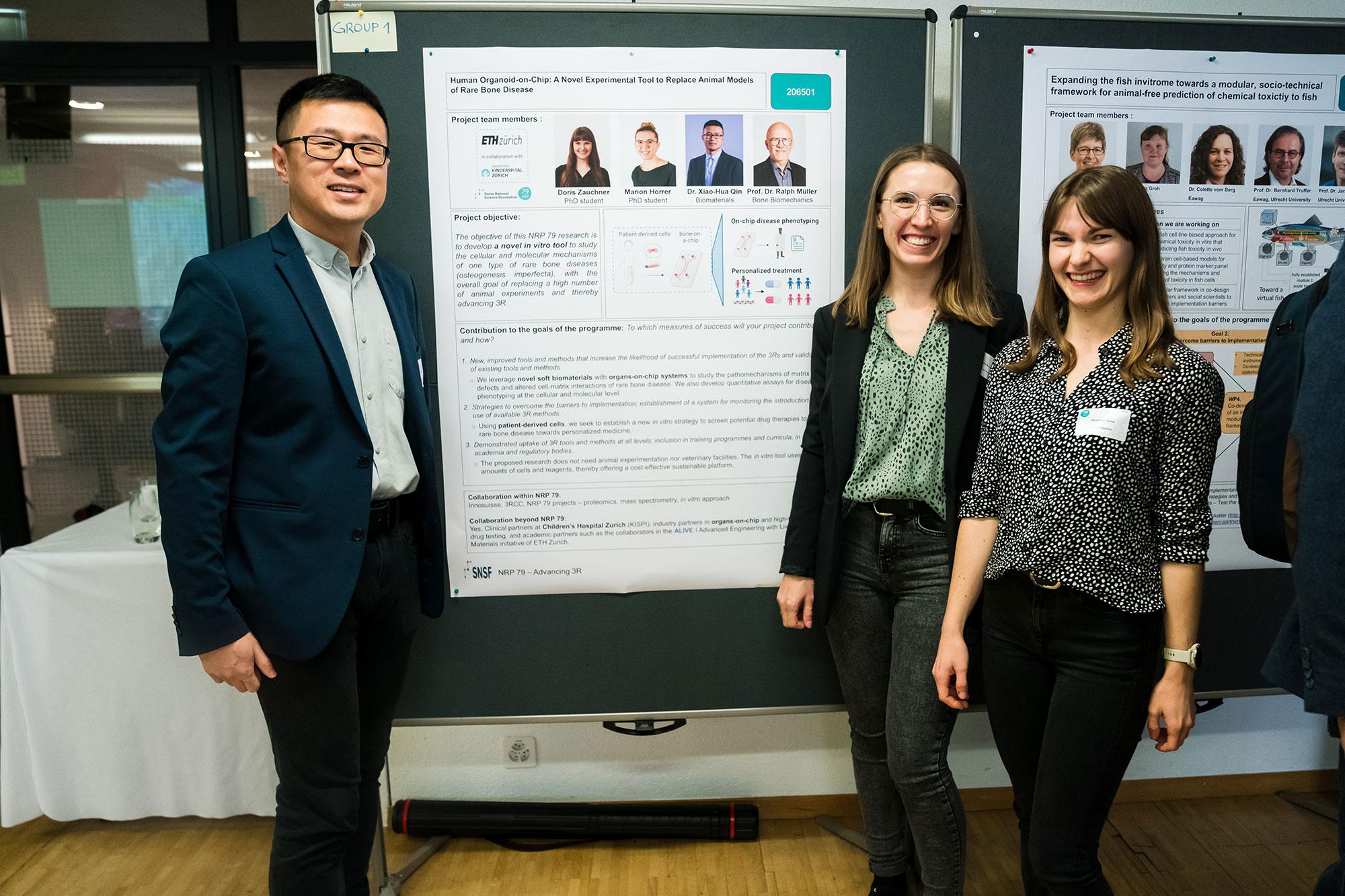(21) Improving treatment for patients with rare bone disease

"Using bone cells taken directly from patients, we want to develop a model that mimics this rare bone disease in the laboratory and that can be used to determine which agents are best for which patients," says Xiao-Hua Qin.
Project description
Osteogenesis imperfecta (OI) is a rare inherited disease that, among other things, causes brittle bone disease. About one in 15,000 babies are born with this incurable disease, and about 300 to 400 people are currently living with it in Switzerland.
The team led by Xiao-Hua Qin of ETH Zurich, together with partners from universities, industry and hospitals, aims to develop a model that does not involve animal testing and should improve both research into the disease and the treatment of OI patients. "Using bone cells taken directly from patients, we want to develop a model that mimics this rare bone disease in the laboratory and that can be used to determine which agents are best for which patients," says project leader Xiao-Hua Qin.
To do this, the team will work with clinical partners at the Children's Hospital in Zurich, as well as with microfluidics specialists from ETH Zurich and industry. The long-term goal is to conduct high throughput drug screening in partnership with pharmaceutical companies.
"We hope that our research project is successful in enabling us to predict how individual OI patients will respond to drug treatments without the need for animal testing," Qin explains. This NRP project combines cross-disciplinary expertise, for example, soft biomaterials, organ-on-a-chip technology and tissue engineering.
Interested in the progress of this project?
You can find information about the scientific publications, events, collaborations, etc. carried out since the beginning of the research project here.
Original title
Human Organoid-on-Chip: A Novel Experimental Tool to Replace Animal Models of Rare Bone Disease
